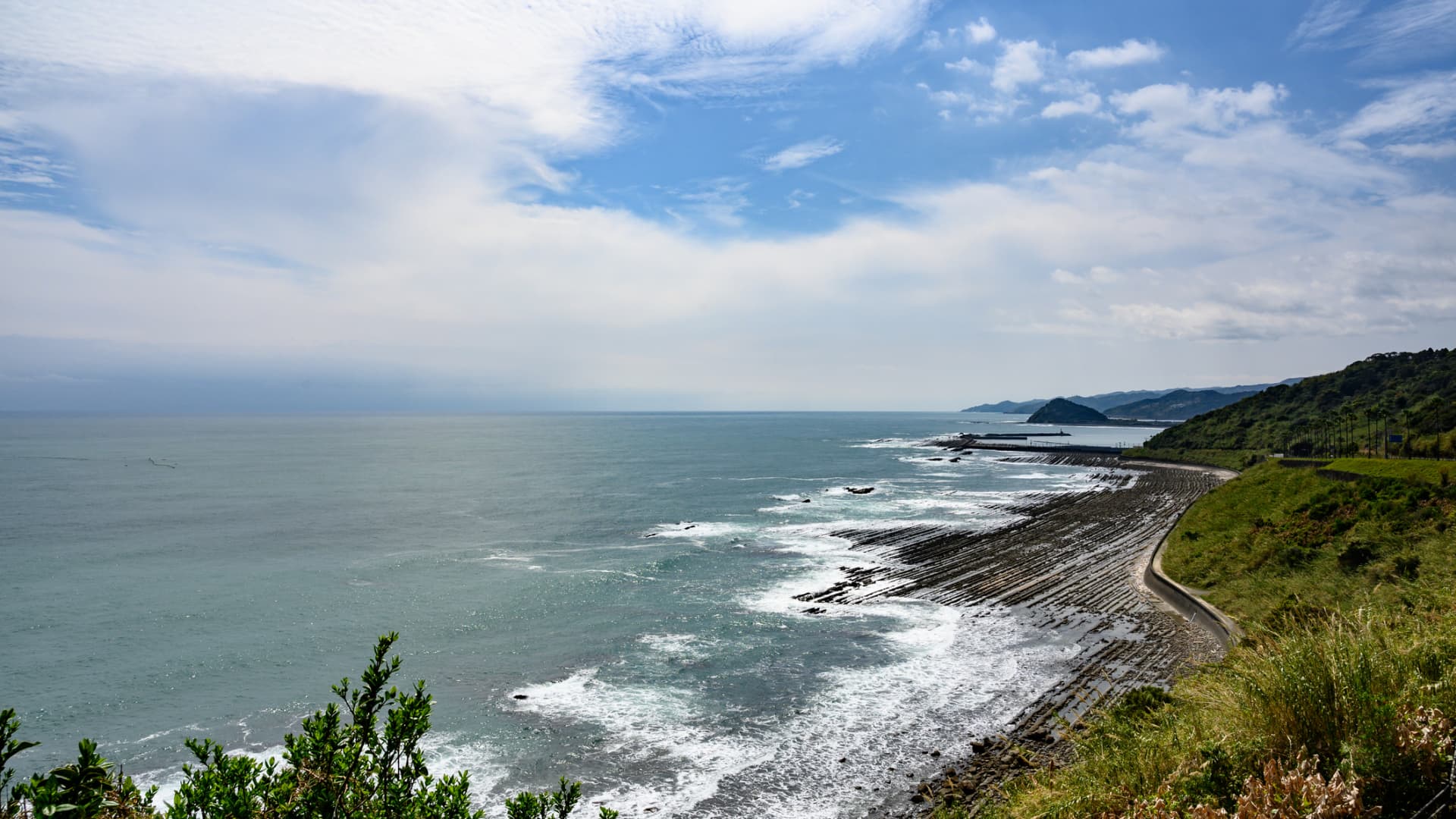At Churchtown Dairy in upstate New York, an 11-year-old Brown Swiss cow named Redmond chews hay contentedly after being milked. Her rich, unpasteurized milk, sold in half-gallon glass bottles, disappears from the adjacent farm store every week. But beyond this serene farm lies a polarizing national debate that turns a simple glass of milk into a lightning rod for health, politics, and ideology.
Raw milk, praised by enthusiasts for its supposed health benefits but flagged by regulators as a serious food safety risk, is surging in popularity across the U.S. Among its proponents are conspiracy theorists, wellness advocates, and skeptical parents searching for alternatives to mainstream medicine. The U.S. Food and Drug Administration (FDA) has long warned against unpasteurized milk, citing the risk of harmful bacteria like E. coli and salmonella. Still, for its advocates, raw milk represents much more than a health choice—it’s a stand against what they perceive as government overreach and corporate agriculture.
The raw milk movement has even gained support from high-profile figures. Robert F. Kennedy Jr., part of Donald Trump’s “Make America Healthy Again” push, has openly criticized government restrictions on raw milk as part of a broader “war on public health.” Meanwhile, Republican congresswoman and conspiracy theorist Marjorie Taylor Greene has declared, “Raw milk does a body good.”
This rising tide of support has led several states, including Iowa, Georgia, and Wyoming, to ease restrictions on raw milk sales. NielsenIQ reports that raw milk sales have climbed between 21% and 65% in the past year. In states like New York, where raw milk can be sold directly from licensed farms, demand has skyrocketed, with some city dwellers resorting to smuggling bottles labeled as “pet milk” for cats and dogs.
But the FDA and the Centers for Disease Control and Prevention (CDC) remain resolute in their warnings. Earlier this month, California-based Raw Farm received a notice that bird flu (H5N1) was detected in a batch of its whole raw milk. Although there’s no definitive evidence that the virus can infect humans through milk, the CDC warns that raw milk consumers could theoretically be at risk.
Even as safety concerns grow, many consumers are drawn to raw milk as a form of rebellion. For parents like Rachel, a Manhattan mother of a three-year-old, the appeal is personal and political. “After Covid, more of us started questioning the healthcare system and government mandates,” she explains. While she admits to being cautious about societal judgment, Rachel sees raw milk as a natural, wholesome alternative in a world she views as increasingly corrupted by overregulation.
Eric Vinson, the manager of Churchtown Dairy, pushes back against the narrative that raw milk is dangerous. “Conventional dairies rely on pasteurization to cut corners on sanitation,” he argues. “Producing raw milk requires more care, but it also brings a higher price.” For Vinson, raw milk isn’t a political symbol—it’s an agricultural tradition. At Churchtown, weekend tours of the barn attract curious visitors seeking to understand the process, taste the product, and, perhaps, connect to a simpler way of life.
Yet the issue is anything but simple. The raw milk debate highlights deep divides in American society, where health, freedom, and distrust of authority collide. While some see raw milk as a healthful elixir and a path to self-reliance, others view it as a dangerous step backward in food safety.
For now, Redmond and her fellow cows remain blissfully unaware of the storm their milk has stirred. But as the demand for raw milk grows, so too does the intensity of the national conversation—one that’s as rich and complex as the milk itself.




